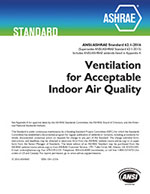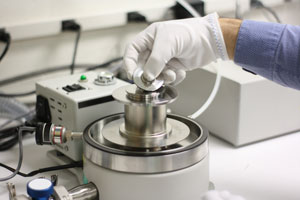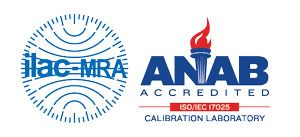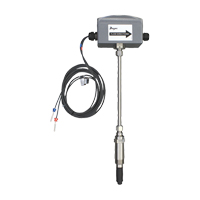 ASHRAE 62.1 Standard for Ventilation for Acceptable Indoor Air Quality provides recommendations for minimum ventilation rates and other parameters to ensure good indoor air quality (IAQ). Keeping the IAQ at a safe level will help to minimize any adverse health effects caused by air quality factors.
ASHRAE 62.1 Standard for Ventilation for Acceptable Indoor Air Quality provides recommendations for minimum ventilation rates and other parameters to ensure good indoor air quality (IAQ). Keeping the IAQ at a safe level will help to minimize any adverse health effects caused by air quality factors.
The 62.1 standard is intended for both new building and building addition projects. It can also be used as a guide for the improvement of IAQ in existing buildings.
In order to properly conform to the ASHRAE 62.1 standard, it is necessary for sensors to be both stable and accurate. Continue reading “How is Stability Related to ASHRAE 62.1 Standards?”






 These days, energy conservation is on everyone’s mind. From cost savings to environmental concerns, there are many well-known benefits to conserving energy. But understanding exactly how to do so can be confusing. In order to conserve energy, you must know precisely how much energy you are using.
These days, energy conservation is on everyone’s mind. From cost savings to environmental concerns, there are many well-known benefits to conserving energy. But understanding exactly how to do so can be confusing. In order to conserve energy, you must know precisely how much energy you are using.